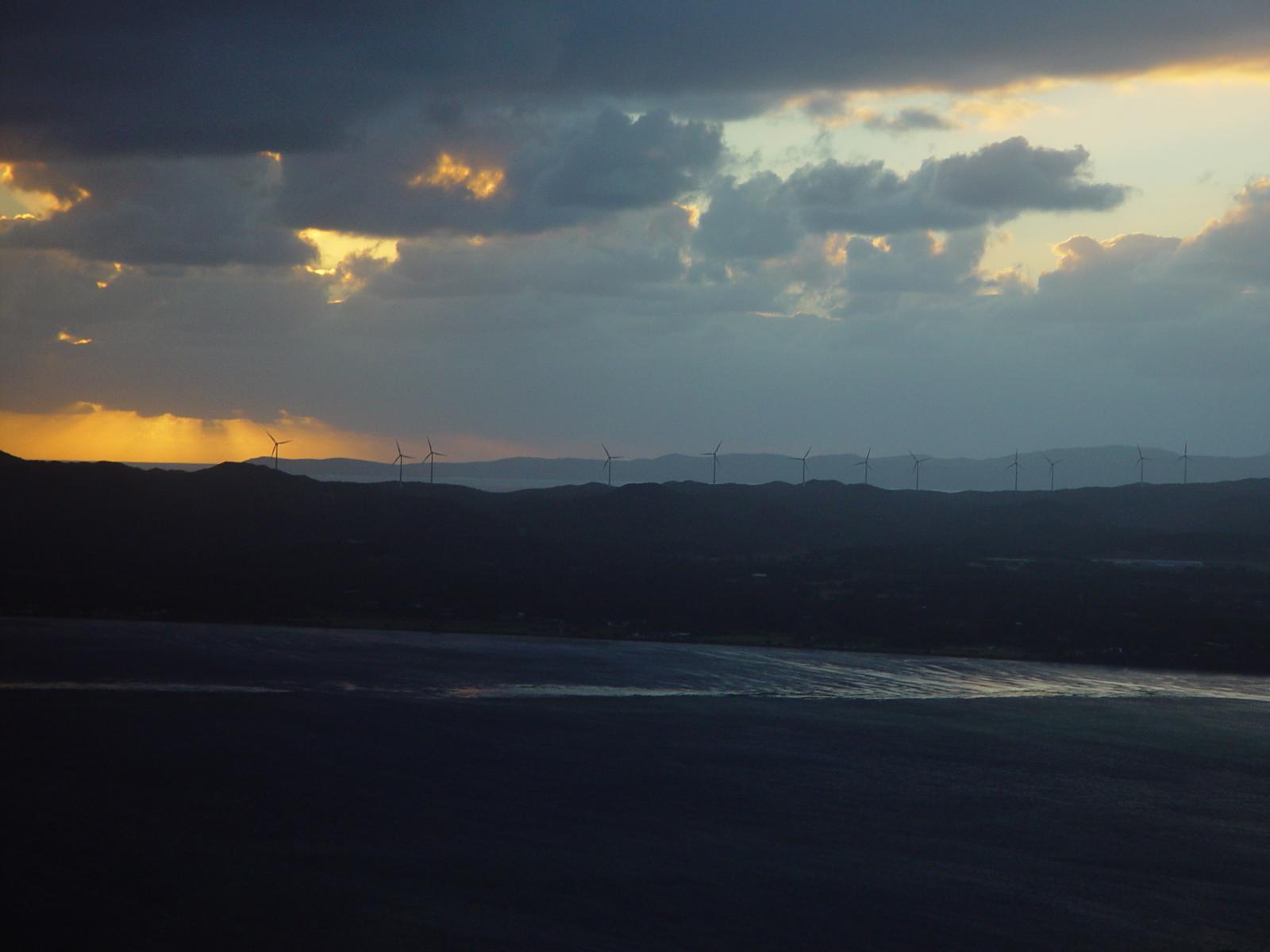Suchergebnisse für: „layout“
-
Block category: Layout Elements
The Layout Elements category includes the following blocks: Group, Button, Columns, Media & Text, separator, spacer, read more, and page break. This group block has a light green background color. The read more block should be right below this text, but only on list pages of themes that show the full content. It won’t show…
-
WP 6.1 spacing presets
This test post was generated using the block theme Emptytheme in WordPress 6.1.1. On this page, some group blocks have border or background color set to increase visibility. This group has a no background color and no additional spacing set. This group has a background color but no additional spacing set. This group has a…
-

WP 6.1 Theme block category
This test post was generated using the block theme Emptytheme in WordPress 6.1.1. Navigation block with page list: Site logo: Site title: Tagline block: Query loop „Title & Date“ variation: Query loop „Title & Excerpt“ variation: Query loop „Title, Date & Excerpt“ variation: Query loop „Image, Date & Title“ variation: Avatar block: Post title block:…
-
WP 6.1 Design category blocks
This test post was generated using the block theme Emptytheme in WordPress 6.1.1. One single column inside a columns block. Column one. The background color is on the single column. Column two Column one. The background color is on the parent columns block. Column two Column three Group with paragraph inside. Below are the group…
-
Willkommen beim Gutenberg-Editor
Das Ziel des neuen Editors ist es, das Hinzufügen von umfangreichen Inhalten in WordPress einfach und angenehm zu gestalten. Dieser ganze Beitrag besteht aus einzelnen Inhalts-Elementen, die LEGO-Steinen ähneln, die man bewegen und mit denen man interagieren kann. Lass den Mauszeiger kreisen und du wirst feststellen, dass um die verschiedenen Blöcke herum Umrisse und Pfeile…
-
Block category: Widgets
The shortcode widget: The Archive Widget: The same Archive widget but as a dropdown: The Category widget block has an additional option for showing category hierarchies: The Latest Comments widget can display or hide the avatars, the date, and the comment excerpt: Here is an example of the Comments widget with all the options disabled.…
-
Block category: Formatting
The formatting category includes the following blocks: The classic block can have almost anything in it. a heading The custom HTML block lets you put HTML that isn’t configured like blocks in it. (this div has a width of 45%) The preformatted block.The Road Not TakenRobert Frost Two roads diverged in a yellow wood,And sorry…
-
Markup: Title With Special Characters ~`!@#$%^&*()-_=+{}[]/\;:’“?,.>
Putting special characters in the title should have no adverse effect on the layout or functionality. Special characters in the post title have been known to cause issues with JavaScript when it is minified, especially in the admin when editing the post itself (ie. issues with metaboxes, media upload, etc.). Latin Character Tests This is…
-
Template: Excerpt (Generated)
This is the post content. It should be displayed in place of the auto-generated excerpt in single-page views. Archive-index pages should display an auto-generated excerpt of this content. Depending on Theme-defined filters, the length of the auto-generated excerpt will vary from Theme-to-Theme. The default length for auto-generated excerpts is 55 words, so to test the…
-
Taumatawhakatangihangakoauauotamateaturipukakapikimaungahoronukupokaiwhenuakitanatahu
Title should not overflow the content area A few things to check for: Non-breaking text in the title, content, and comments should have no adverse effects on layout or functionality. Check the browser window / tab title. If you are a plugin or widget developer, check that this text does not break anything. The following…